Plus de 1000 ressources
La plus grande collection d’animations pédagogiques
Mathématiques
0 ressources
Captivez votre classe
Des ressources réellement interactives
Enseignez avec les ressources que vos élèves adorent.
Regarder une vidéo ou lire un manuel, même numérique, ne suffit plus. Avec les animations EduMedia, vos élèves explorent, émettent des hypothèses, expérimentent.
Votre Espace Prof
Créez et partagez en quelques clics
Personnalisez vos ressources et partagez-les avec un élève, la classe ... ou le monde entier.
Capture vidéo : 3–2–1
Enregistrez-vous !
Ajoutez une dimension immersive et personnelle pour concevoir des contenus adaptés à vos besoins. Vos élèves vont adorer.
Flip : Laissez-leur la parole !
Choisissez un sujet, puis découvrez et évaluez les créations vidéo de vos élèves.
Favoris : Créez et gérez vos Collections.
Retrouvez facilement votre sélection. Ajoutez une consigne. Et hop, c’est dans la boîte !
Partage : Un simple lien suffit.
Plus besoin de code. Vos élèves accèdent à votre sélection de ressources depuis la plateforme de votre choix.
Notre manifeste
Enseigner, c’est susciter des questions plus qu’apporter des réponses. En partant du concret, l’élève observe, s’interroge, émet des hypothèses, manipule.
Cette vision n’est pas nouvelle. Souvenez-vous des principes de la « leçon de choses », ou plus récemment, de la « démarche d’investigation ». Ce qui est nouveau, c’est l’interactivité qui ajoute à vos leçons un côté expérimental, ludique et moderne.
Il existe de nombreuses approches pédagogiques pour enseigner un sujet. Quoi de mieux qu’un format granulaire pour s’adapter à la vôtre ?
Nos concepteurs multimédia et pédagogues créent de magnifiques ressources pour stimuler la curiosité. À vous de faire le reste du chemin...
Nous apprenons autrement.
Enseignons autrement !
Nos références
Merci pour votre confiance
J’essaye !









 EduMedia
EduMedia 